I have 2 tables Table1: student
Table2: problem
Now we need to find out which student has solved how many problems and in the output we need to display student_id, student_name and no_of_prob in descending order of no_of_prob.
If more than one student has equal number of problems then 1. If the no_of_prob is highest among all others then keep all of them. 2. If the no_of_prob is not the highest, then do not keep any of these. For example, when we group by student_id, we get this
As student_id 2 and 5 have equal no_of_prob but as their no_of_prob is highest, we will keep both student_id 2 and 5. But the student_id 1 and 3 have equal no_of_prob but its not the highest therefore we need to drop both of these. The final table should be like this.
Now i have found out how to get till the table number 3 above but I don't know how am I supposed to keep the 1st rankers but remove lower rankers if repeated. This is my code below
select s.student_id,student_name, count(problem_id) as no_of_prob,
rank() over(order by count(problem_id) desc) as st_rank
from student s inner join problem p on s.student_id = p.student_id
group by s.student_id;




